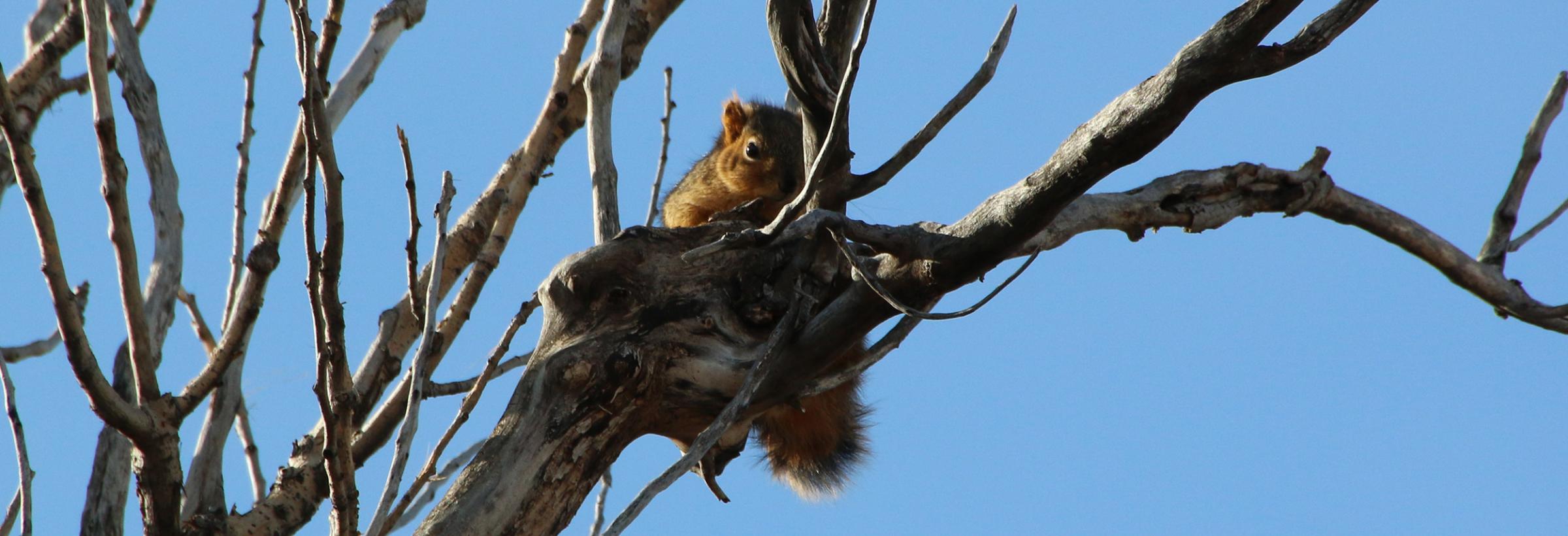
Back Cast
We did it pretty much the same way for years. Little changed.
Sometime in early January, following the final gun of the state’s upland game season, we’d unenthusiastically sort and store shotgun shells the color of fallen autumn leaves; clean game vest pockets of candy wrappers and the occasional oddity from the trail, like a rock or bone, that was picked up and carried around for whatever reason that mostly escaped us later; and take a final look under and between the seats in the pickup for the whereabouts of say, a lost pocketknife or dog whistle.
2020 is different.
For the first time in 30 years, North Dakota’s tree squirrel season didn’t close on a Sunday in early January with ring-necked pheasants, sharp-tailed grouse and other upland birds. The season, and its daily four-squirrel bag limit, was extended to the end of February.
This adjustment, I’m guessing, was lost on most hunters, and those who did register the change sometime in fall, scarcely batted an eye.
I get why most people don’t get squirrel hunting, especially in a state with headier outdoor activities in play. But that’s one of the reasons, but not the main reason, we are lured so often to woodlots and river bottoms.
We’ve long marched to odd internal music that most hunters don’t hear, and that’s Ok. We don’t adhere to this unconventional beat to be different or fashionably unruly, but rather because it’s so darn appealing for a number of reasons, including the fact that we so very often – if not nearly always – have the woods to ourselves.
According to Game and Fish Department survey results, roughly 2,000 people hunt squirrels in North Dakota each season. (Note: the last survey was done more than a decade ago, but the numbers have likely not changed much.) By comparison, nearly 60,000 people went pheasant hunting in the state in 2018, which was a down year.
In all the years of tiptoeing through river bottoms and tree plantings, we’ve bumped into just one other squirrel hunter, in a multi-row shelterbelt in Wells County, who was as surprised to see us as we were to see him.
Like wild turkeys and pheasants, fox squirrels are not native to the places we hunt, where the cottonwood trees are towering and old, and the oak trees drop acorns in abundance some years.
Biologists tell us that fox squirrels were first reported in the state about a century ago, but not in the Bismarck area until about 25 years later.
Hitting one in a good spot, so as not to ruin the meat, from 30 yards with a .22 caliber rifle is challenging. Stripping the animals of their hard-to-remove hide can sometimes be a chore, especially this time of year when harvested squirrels cool and stiffen in a hurry.
A big fox squirrel weighs about 2 pounds, and a daily limit of quartered and cleaned animals is perfect for a stew slow cooked in a cast iron Dutch oven on a winter day.
We’d argue that eating squirrel is not acquired taste. We’d also contend that no matter what others think of our pursuit, we have it figured out.
